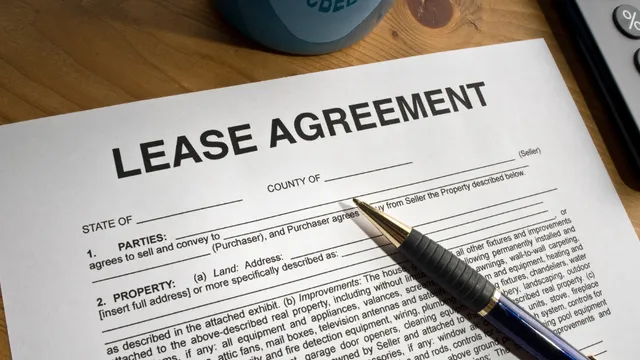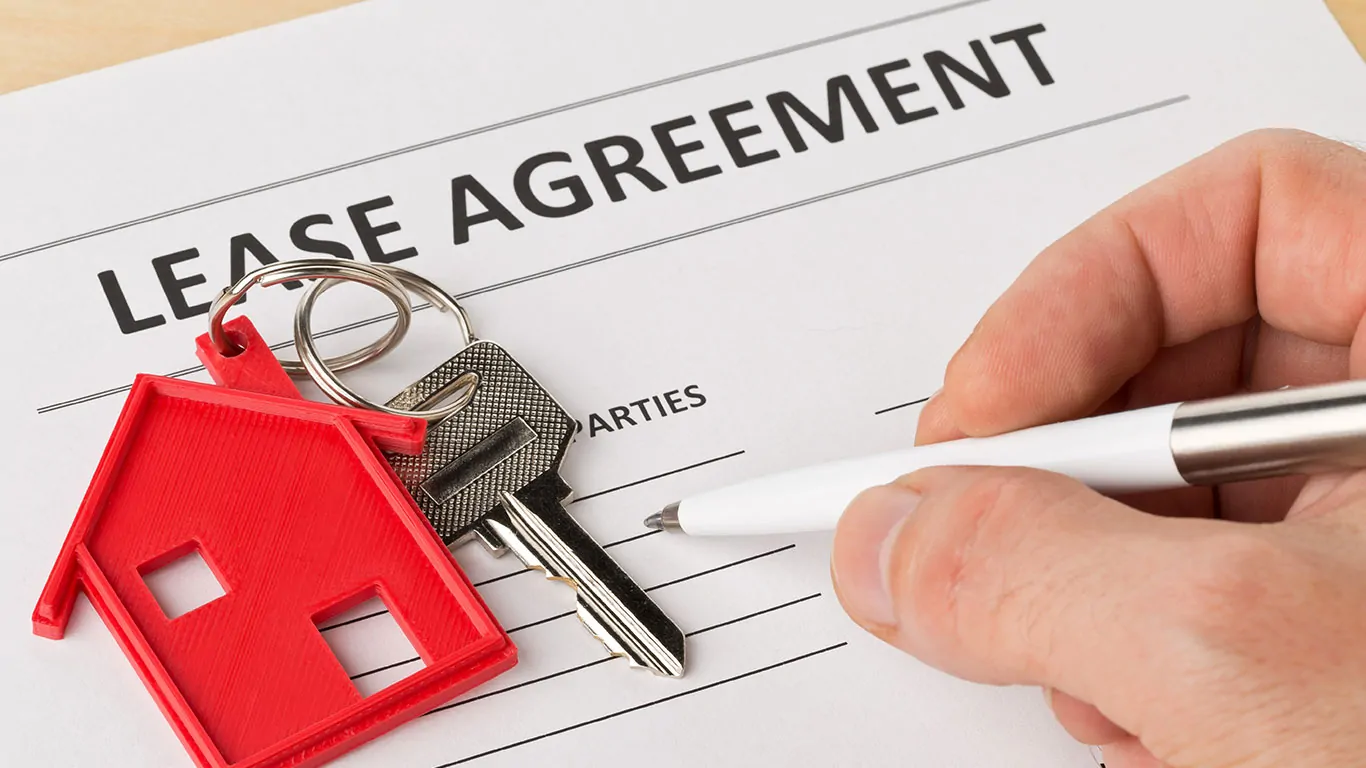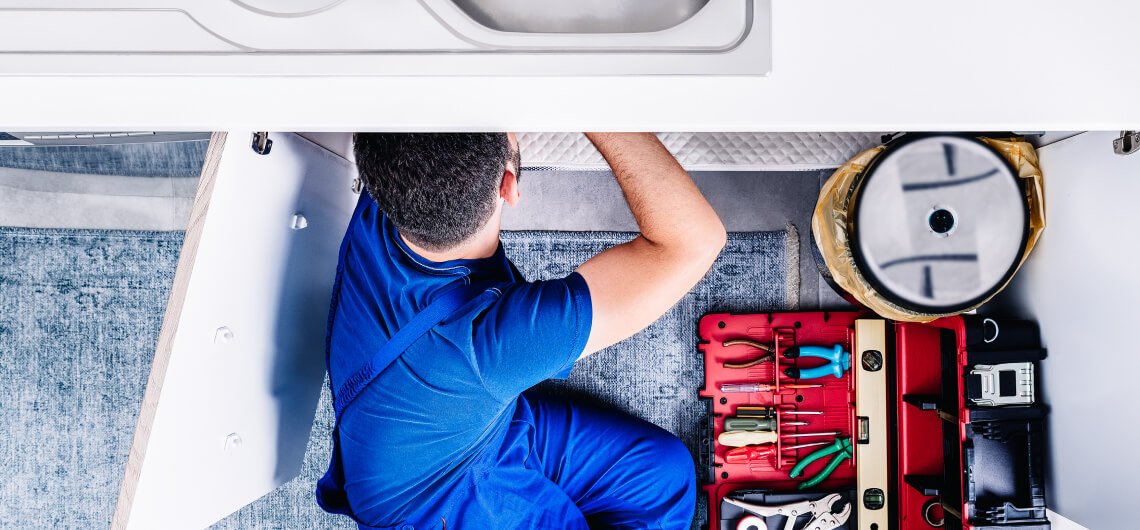Signing a lease agreement is a significant step in renting an apartment. It outlines the terms and conditions of your tenancy and protects both you and the landlord. Understanding the details of your lease agreement is crucial to ensure a smooth and stress-free renting experience. This guide will help you navigate the key components of a typical apartment lease agreement.
1. Lease Term
The lease term specifies the duration of your rental agreement. It can be a fixed-term lease (e.g., one year) or a month-to-month lease. Ensure you know the start and end dates of your lease, as well as any provisions for renewing or terminating it.
2. Rent Amount and Payment
Your lease will outline the monthly rent amount, due date, and acceptable payment methods. It should also specify any late fees or penalties for missed or late payments. Make sure you understand the total financial obligation, including any additional costs like utilities or parking fees.
3. Security Deposit
The lease will detail the amount of the security deposit required and the conditions for its return. Understand what constitutes damage beyond normal wear and tear, as these could affect the amount returned to you at the end of your tenancy.

4. Maintenance and Repairs
The agreement should outline the responsibilities for maintenance and repairs. Typically, landlords are responsible for major repairs, while tenants handle minor issues. Ensure the lease specifies procedures for requesting repairs and the expected response time.
5. Entry Rights
The lease will state the conditions under which the landlord can enter your apartment. This usually includes emergencies, inspections, and repairs. The agreement should also mention the required notice period before the landlord enters your unit.
6. Use of Premises
This clause details how the property can be used. It typically prohibits illegal activities and may restrict subletting or running a business from the apartment. Make sure you are aware of any specific restrictions.
7. Pet Policy
If you have a pet, review the pet policy carefully. The lease should specify whether pets are allowed, any breed or size restrictions, and any additional pet deposits or fees required.
8. Termination and Renewal
Understand the conditions under which the lease can be terminated by either party. This includes notice periods, penalties for early termination, and procedures for lease renewal. Knowing these terms can help you avoid unexpected costs.
9. Alterations
Most leases require tenants to obtain permission before making any alterations to the apartment. This can include painting, installing shelves, or making other modifications. Ensure you understand what is allowed and what is not.
10. Utilities and Services
Your lease should specify which utilities and services are included in the rent and which are your responsibility. Common utilities include water, electricity, gas, and internet. Clarify any ambiguities to avoid surprise bills.
11. Renter’s Insurance
Some leases require tenants to have renter’s insurance, which covers personal property and liability. Even if not required, it’s a good idea to consider getting insurance for added protection.
12. Dispute Resolution
The lease may outline procedures for resolving disputes between you and the landlord. This can include mediation, arbitration, or legal action. Knowing these procedures can help you handle conflicts effectively.
13. Community Rules
Many apartment complexes have community rules regarding noise levels, parking, and use of shared amenities. Ensure you understand and agree to these rules, as violating them can result in penalties or eviction.
Conclusion
Understanding your apartment lease agreement is essential to ensuring a positive renting experience. Carefully review all terms and conditions, and don’t hesitate to ask questions or seek clarification from your landlord. By knowing your rights and responsibilities, you can avoid misunderstandings and enjoy a harmonious living arrangement.
Remember, a lease agreement is a legally binding document, so take the time to read it thoroughly before signing. With a clear understanding of the lease, you can confidently embark on your new rental journey.











